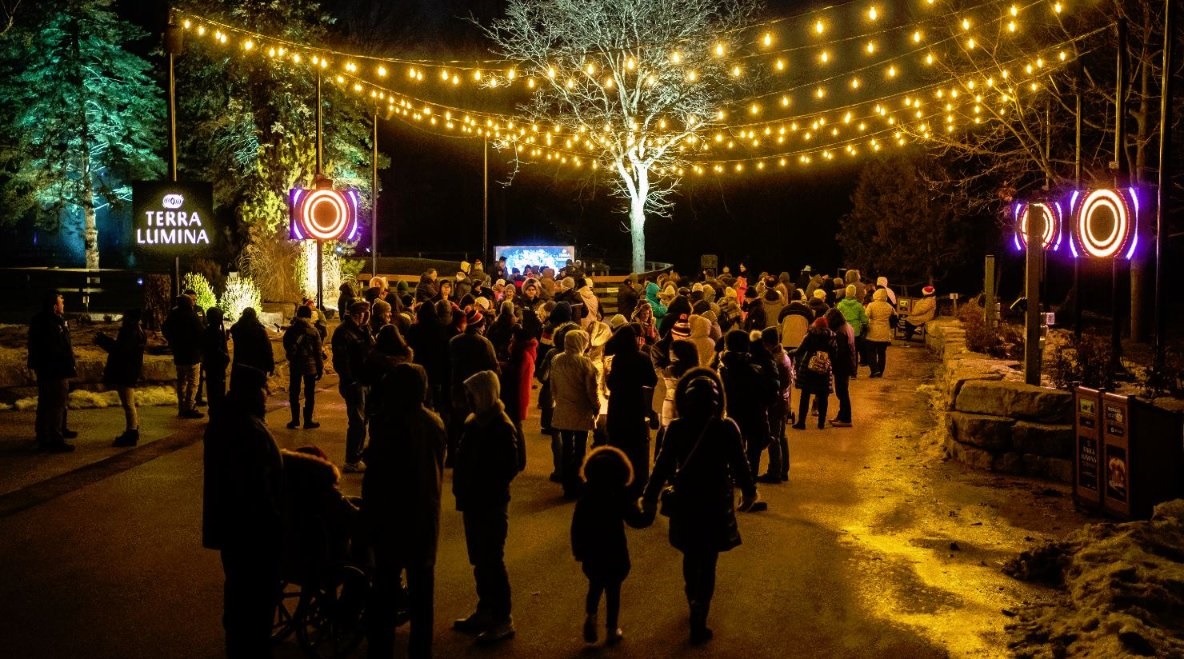With large parts of the world working outside of the office due to COVID-19, much of the discussion has centered around remote work technology like videoconferencing, connectivity and collaboration platforms. But what about immersive AV?
AV marketing firm Wheelhouse Digital even studied Google search trends and found that the majority of AV-related searches were for remote work-related technologies.
Rightly so, as organizations must adapt to ensure business continuity with government officials mandating that we stay socially distant and avoid large concentrations of people in public. That is affecting some pro AV markets, like entertainment, museums, restaurants and more.
Integrators should focus right now on the immediate and what they can do to help their customers scale up their work from home operations. However, they should also plan for the future and not totally abandon other markets.
Reintroducing the world to art and culture
When this is all over, we’ll need other AV tech like, projection mapping, AR/VR and other immersive AV technology, says Stefan Berens, head of Panasonic Canada’s media and entertainment business division.
Berens, highlighting two recent projects in Canada — TerraLumina at the Toronto Zoo and Aura at Montreal’s Notre-Dame Basilica — said this technology can help draw people out of their homes and reintroduce them to art, museums and culture when COVID-19 is behind us.
“Once we have this behind us, at some point, we’ll see venues open back up and draw people in,” Berens says.
TerraLumina is a nearly a mile-long outdoors walking path that simulates time travel utilizing projection mapping. It opened three months ago, and it was already providing a noticeable bump in visitors.
It features lighting effects, video projection and an original score to take visitors on a journey through time and our relationship to nature.
At Montreal’s Notre-Dame Basilica, 14 of Panasonic’s 20,000 lumens projectors create an immersive AV experience in the heart of the Basilica dubbed Aura by Panasonic and Moment Factory, the multimedia and entertainment studio behind both projects.
Read Next: Esports, a Growing Pro AV Market, is Thriving Under the COVID-19 Quarantine
This project started three years ago to coincide with Montreal’s 375th anniversary and features the structure’s history and architecture, as well as art on the walls of the historic church.
“AURA begins with a lighted path that draws us to the Basilica and reveals its splendor,” reads a 2017 Panasonic blog. “A progressive immersion in a captivating universe of light and sound guides us to the very heart of Notre-Dame. Light, orchestral music and majestic architecture unite to offer a multimedia show that takes place in three acts. Let yourself be transported by the striking energy.”
.
According to Berens, immersive projects like these have been skyrocketing the past few months, especially in Canada. He says the company has many projects in the works at venues like museums and art galleries utilizing projection mapping, sound and other technologies.
“The demand for these types of projects is skyrocketing,” Berens says. “They will definitely help once the pandemic is over to get people back to their normal lives and experience something cool to make them happy again.”
Continue planning that immersive AV project
According to Maris Ensing, founder of California-based integrator Mad Systems, integrators should be innovative when considering immersive installations in the post-coronavirus world.
Wearable technology like VR glasses and touchscreens as part of art installations may not be very popular due to the current public health crisis, and it could take some time for people to get used to that, Ensing said.
Ensing said he expects people to get back to their public lives and patron museums and visitor centers almost immediately after restrictions are lifted and COVID-19 is no longer a public health crisis.
“I think people will go back to museums and other venues, “ he says. “It might take a while.”
Because of that, integrators should continue planning their immersive AV projects, regardless of whether their customer is open for business or not. Integrators can still design and build the systems to be ready for when the economy opens back up.
“The immersive type of technology we do will continue to be valid,” Ensing says.










